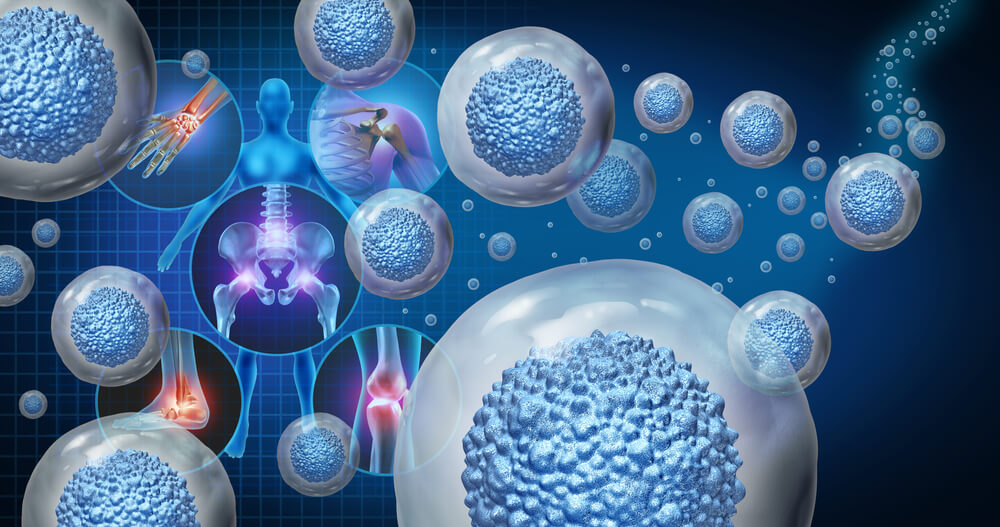What is the difference between adult and cord blood stem cells?
Adult stem cells are in different tissues and organs within the body, such as fat, bone marrow, skin, and the liver. Collecting these involves an invasive procedure which carries the risk of infection. They can come from a person’s own body or a compatible donor.
Contrast this to cord blood stem cells, which come from the umbilical cord and placenta after a baby is born. This blood is usually thrown away, so it is super simple to collect. Collection is pain free because it is non-invasive and it does not impact the birth plan or harm the donor (baby). Storing their own cord blood, a person has a compatible source of stem cells available if needed. Others can use it too, if they are compatible.
Side note: Cord blood stem cells are not the same as human embryonic stem cells (HESCs). HESCs come from an embryo around 4-6 days after fertilisation. This can destroy the embryo, giving rise to ethical concerns.
Which is better? Adult or Cord Blood stem cells
Both are useful. But, when compared, adult stem cells have some distinct disadvantages.
They can be harmed by environmental factors. such as radiation and toxins, which can limit their use. Cord blood stem cells have a lower risk of being harmed by these environmental factors. This is why they are often considered the better option for stem cell therapies.
This is because adult stem cells age with a person (donor), becoming impaired. This is the reason why our skin becomes more wrinkly with age, for example. Age-dependent accumulation of DNA damage increases as we get older too. Adult stem cells can be ‘reset’ to behave like cord blood stem cells, but they will still contain this DNA damage.
Cord blood stem cells are new and as such at their most powerful. In fact, they are the most powerful source of stem cells available. They have the ability to transform into almost any other cell or tissue such as bone, liver or nerve cells.
Compare this to adult stem cells which can often only become the tissue or organ from where they were taken. Another important difference is the number of cells. Cord blood stem cells have a much higher concentration, making them a larger source of stem cells.
At present cord blood and adult stem cells are used in much the same way. But, the therapeutic potential of cord blood appears to be far greater than that of adult stem cells. Cord blood is also easier to collect, contains more cells, and has more uses.
Remember, cord blood collection is a one-time opportunity that should not be missed. It must be collected in the moments after birth.
Should I store my baby’s cord blood stem cells?
By collecting cord blood, you are giving your baby the potential to benefit from future medical advances. Today, cord blood stem cells are being used to treat 80+ conditions, including leukaemia, lymphoma, sickle cell anaemia, and metabolic disorders.
Take the time to learn more about our Collection Process and request your free Parents’ Guide to Cord Blood Banking now.
Request a Welcome Pack
Find out more about cord blood banking by downloading a Welcome Pack now.








